Buy Charles A Simpkins – Neuroscience for Clinicians: Brain Change for Stress, Anxiety, Trauma, Moods and Substance Abuse Course at GBesy. We actively participate in Groupbuys and are committed to sharing knowledge with a wider audience. Rest assured, the quality of our courses matches that of the original sale page. If you prefer, you can also buy directly from the sale page at the full price (the SALEPAGE link is directly provided in the post).
 [Instant Download] – Immediately deliver the download link after receiving the payment
[Instant Download] – Immediately deliver the download link after receiving the payment
Charles A Simpkins – Neuroscience for Clinicians: Brain Change for Stress, Anxiety, Trauma, Moods and Substance Abuse course with special price just for you: $219.99 $41
- Faculty:
- Charles A Simpkins, PH.D.
- Duration:
- 5 Hours 37 Minutes
- Format:
- Audio and Video
- Copyright:
- Dec 16, 2016
Description
| Manual (27.58 MB) | 116 Pages | Available after Purchase |
Outline
- Tour through the Brain: What clinicians need to know from neurons to structures, to pathways, to networks
- See brain structures in 3-D
- How the brain processes top-down, bottom-up, and horizontal
- The interplay of mental health and key nervous system structures, functions, and pathways
- Work with implicit and explicit memories
- How key pathways inform clinical interventions:
- Pain Pathway
- Reward Pathway
- Fear-Stress Pathway
- Nervous System Networks and the Social Brain: We are wired for attunement
- Default Mode (DMN) and Task Mode Networks (TMN)
- Healing attachment
- Activate mirror neurons bottom-up
- Neuroplasticity and Neurogenesis: How the brain can change
- Three timeframes for change
- Neuroplasticity at the synapse
- How to foster neuroplasticity in clients
- Neuroplasticity in action: Exercise your brain!
- Practice Interventions for Healing: Bottom-up, top-down, and horizontal
- Sensory Awareness
- Meditation and Mindfulness
- Body Work
- Unconscious and the DMN
- The Mind-Body Link
- Integrate the Brain into Treatments
- Stress
- How stress alters the nervous system
- Calm the stress/fear pathway
- Develop alert/relaxed attention for better coping
- Trauma
- Foster confidence with yoga
- Malleability of memories and clinical implications for treating trauma
- Reconsolidate implicit memories
- Anxiety
- The anxious brain reaction
- Work top down/ bottom up/ horizontally
- Calm the limbic system bottom up with movement
- Soothe the insula through meditative sensory awareness
- Deconstruct sensations mindfully
- Substance Abuse
- Brain areas involved in addictions
- Rewire the reward pathway
- Detach from pleasure and pain
- Prefrontal connections and judgment
- Depression
- The depressed brain pattern
- Effects of yoga and meditation on the nervous system
- Regulate the limbic system: the prefrontal cortex, cingulate gyrus and mindfulness
- Unify real and ideal
- Foster joyful relationship through mirror neurons
- Develop compassion and gratitude
- Stress
- 6 Principles for Incorporating the Brain into your Therapy
Faculty
Charles A Simpkins PH.D. Related seminars and products: 4
Charles A. Simpkins, Ph.D., is a psychologist specializing in neuroscience, psychotherapy, meditation and hypnosis. With his wife, Annellen, Charles has co-authored 28 books, many of them bestsellers. Their most recent books on neuroscience are Yoga and Mindfulness Therapy Workbook for Clinicians and Clients (PESI, 2014), Neuroscience for Clinicians (Springer, 2012), The Dao of Neuroscience (Norton 2010) and Neuro-Hypnosis (Norton 2010). They have also written about meditation for healthy mind-brain change: The Tao of Bipolar, (New Harbinger 2013), Zen Meditation in Psychotherapy (Wiley, 2012), Meditation and Yoga in Psychotherapy (Wiley, 2011), and Meditation for Therapists and Their Clients (Norton 2001). Their books have over 20 foreign editions and have won numerous awards.
Dr. Simpkins has practiced psychotherapy for more than three decades, and taught meditative and hypnotic methods to facilitate mind-brain change to people of all ages. He has been involved in neuroscience for 18 years – integrating it into treatments and helping to bring the most recent research findings to practitioners. He presents seminars at professional conferences, state mental hospitals, university campuses and to popular and professional audiences around the world. Charles performed psychotherapy research and is currently doing a neuroscience study of unconscious movement. He has studied with psychotherapy masters, including Milton H. Erickson, Jerome D. Frank, Carl Rogers, Lawrence Kubie, and Ernest L. Rossi, and neuroscience innovators including Vilayanur Ramachandran, Jaime Pineda, Paul and Patricia Churchland, Stephen Anagnostaras, and William Bechtel.
anxiety|Charles A Simpkins|Charles A Simpkins – Neuroscience for Clinicians: Brain Change for Stress|Moods and Substance Abuse|Neuroscience for Clinicians: Brain Change for Stress|Trauma
Buy the Charles A Simpkins – Neuroscience for Clinicians: Brain Change for Stress, Anxiety, Trauma, Moods and Substance Abuse course at the best price at GBesy.. After your purchase, you will get access to the downloads page. You can download all the files associated in your order at here and we will also send a download notification email via your mail.
Unlock your full potential with Charles A Simpkins – Neuroscience for Clinicians: Brain Change for Stress, Anxiety, Trauma, Moods and Substance Abuse courses. our courses are designed to help you excel.
Why wait? Take the first step towards greatness by purchasing Charles A Simpkins – Neuroscience for Clinicians: Brain Change for Stress, Anxiety, Trauma, Moods and Substance Abuse courses today. We offer a seamless and secure purchasing experience, ensuring your peace of mind. With our trusted payment gateways, Stripe and PayPal, you can confidently complete your transaction knowing that your financial information is protected.
Stripe, known for its robust security measures, provides a safe and reliable payment process. With its encrypted technology, your sensitive data remains confidential throughout the transaction. Rest assured that your purchase is protected.
PayPal, a globally recognized payment platform, offers an additional layer of security. With its buyer protection program, you can feel confident in your purchase. PayPal ensures that your financial details are safeguarded, allowing you to focus on your learning journey.
Is it secure? to Use of?
- Your identity is completely confidential. We do not share your information with anyone. So it is absolutely safe to buy the Charles A Simpkins – Neuroscience for Clinicians: Brain Change for Stress, Anxiety, Trauma, Moods and Substance Abuse course.
- 100% Safe Checkout Privateness coverage
- Communication and encryption of sensitive knowledge
- All card numbers are encrypted using AES at relaxation-256 and transmitting card numbers runs in a separate internet hosting atmosphere, and doesn’t share or save any data.
How can this course be delivered?
- After your successful payment this “Charles A Simpkins – Neuroscience for Clinicians: Brain Change for Stress, Anxiety, Trauma, Moods and Substance Abuse course”, Most of the products will come to you immediately. But for some products were posted for offer. Please wait for our response, it might take a few hours due to the time zone difference.
- If this happens, please wait. The technical department will process the link shortly after. You will receive notifications directly by e-mail. We appreciate your wait.
What Shipping Methods Are Available?
- You will receive a download link in the invoice or YOUR ACCOUNT.
- The course link always exists. use your account to login and download the Charles A Simpkins – Neuroscience for Clinicians: Brain Change for Stress, Anxiety, Trauma, Moods and Substance Abuse course whenever you need.
- You only need to visit a single link, and you can get all the Charles A Simpkins – Neuroscience for Clinicians: Brain Change for Stress, Anxiety, Trauma, Moods and Substance Abuse course content at once.
- You can do your learning online. You can be downloaded for better results and can study anywhere on any device. Make sure your system does not sleep during the download.
How Do I Track Order?
- We always notice the status of your order immediately after your payment. After 7 days if there is no download link, the system will automatically complete your money.
- We love to hear from you. Please don’t hesitate to email us with any comments, questions and suggestions.
![GBesy [GB] GBesy [GB]](https://www.gbesy.com/wp-content/uploads/2023/05/gbesy-Logo-full-100.png)

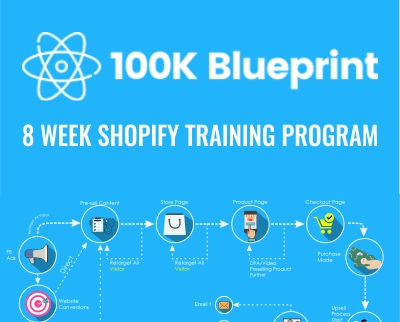




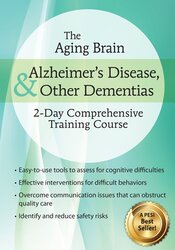



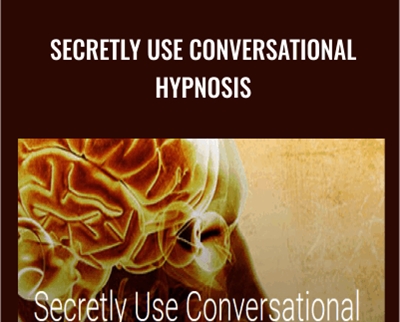



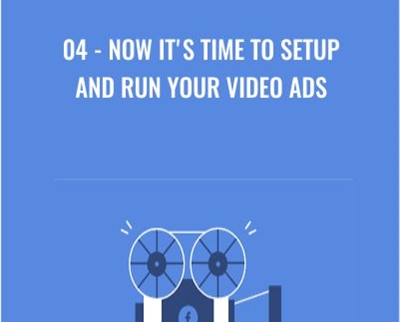
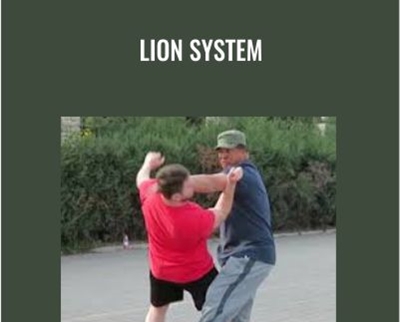


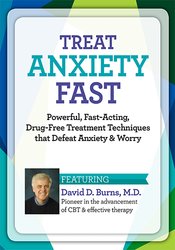


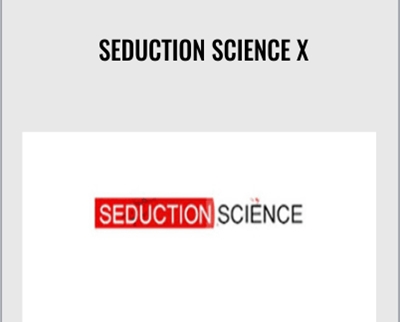

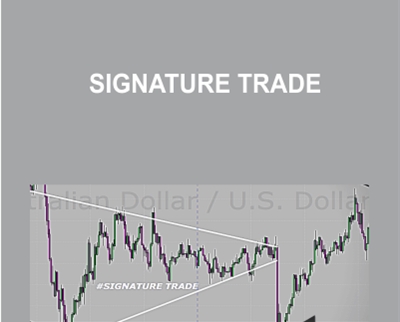





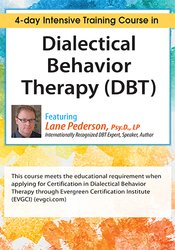
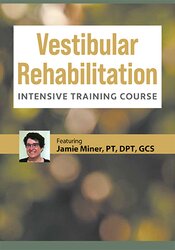
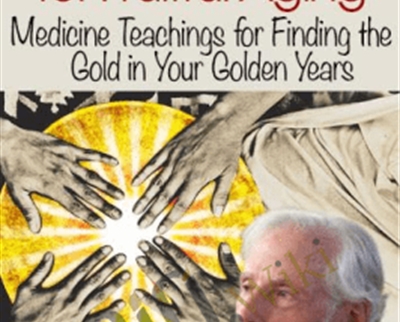




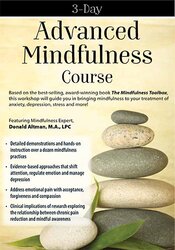


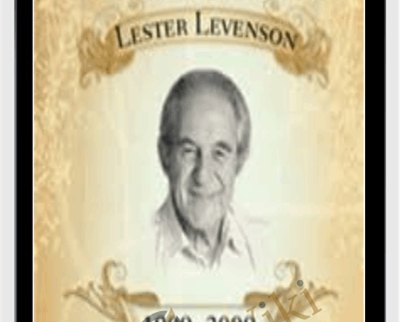
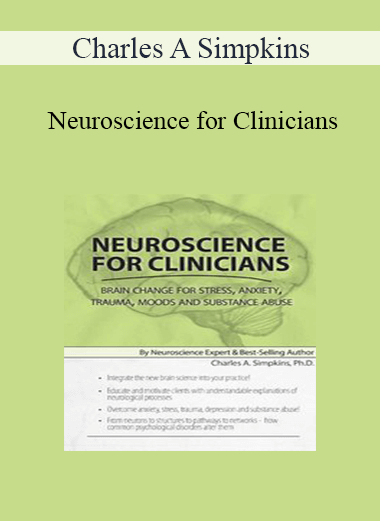
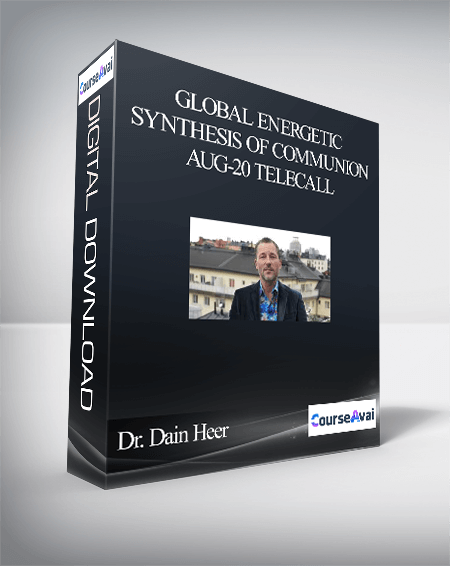

 Purchase this course you will earn
Purchase this course you will earn 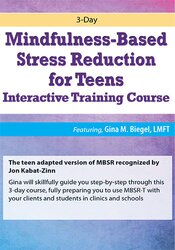
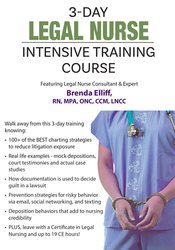
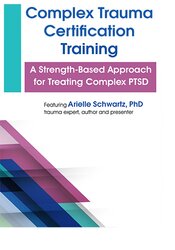
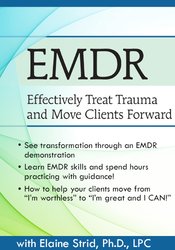

Reviews
There are no reviews yet.